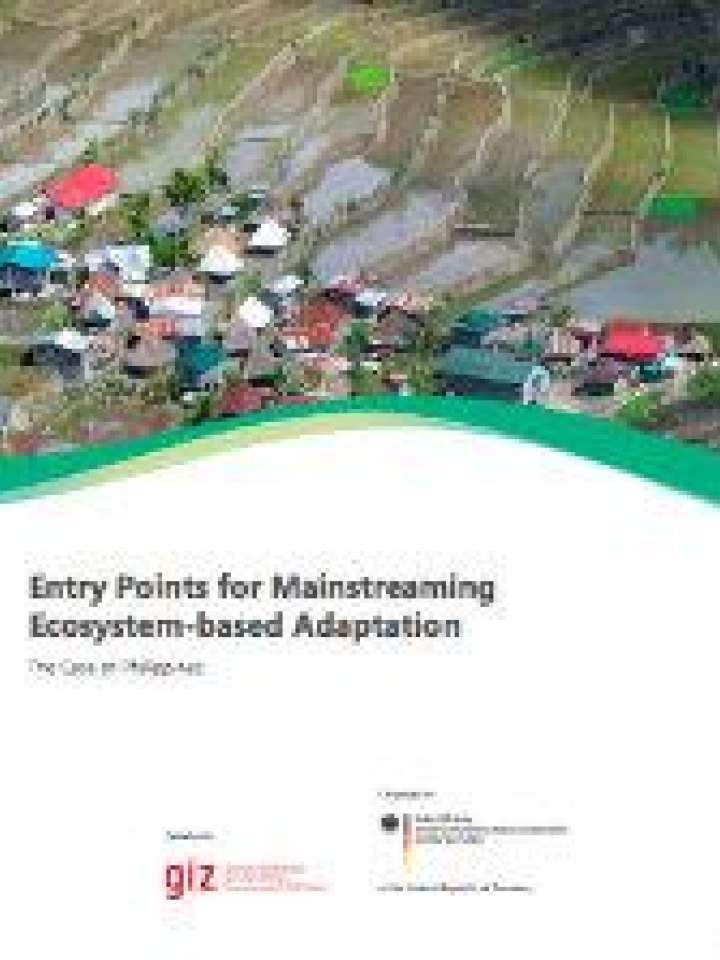Entry points for mainstreaming ecosystem-based adaptation: the case of Philippines
Due to its geographic location and development patterns, the Philippines is among the most vulnerable countries to climate change in the world. The main hazards affecting the population are rise in sea levels, extreme rainfall events, extreme heating events, increased ocean temperatures, and disturbed water budget. Although the term EbA is fairly new to the Philippines, practitioners in the field of environment conservation and protection as well as advocates for climate change adaptation are very familiar with the concept. Stemming from conservation efforts, the Philippines has several policies and climate change and conservation frameworks on which EbA efforts can build. There is, however, a need to further analyse and harmonize these regulatory documents.
Five entry points were identified that pose immediate opportunity for mainstreaming EbA: 1) land use planning process, 2) Sustainable Integrated Area Development Strategy (SIAD), 3) Climate Change Cluster on Adaptation and Mitigation Disaster Risk Reduction (CCCAM-DRR) agenda, 4) protected area management, and the 5) National Adaptation Plan (NAP) process including the revision of the National Climate Change Adaptation Plan.
Explore further
